VA, MD, and D.C.
(804) 355-7255
- Homepage
- >
- Safety Training
- >
- Industrial Hygiene
Industrial Hygiene
- Chemical
- Physical
- Biological
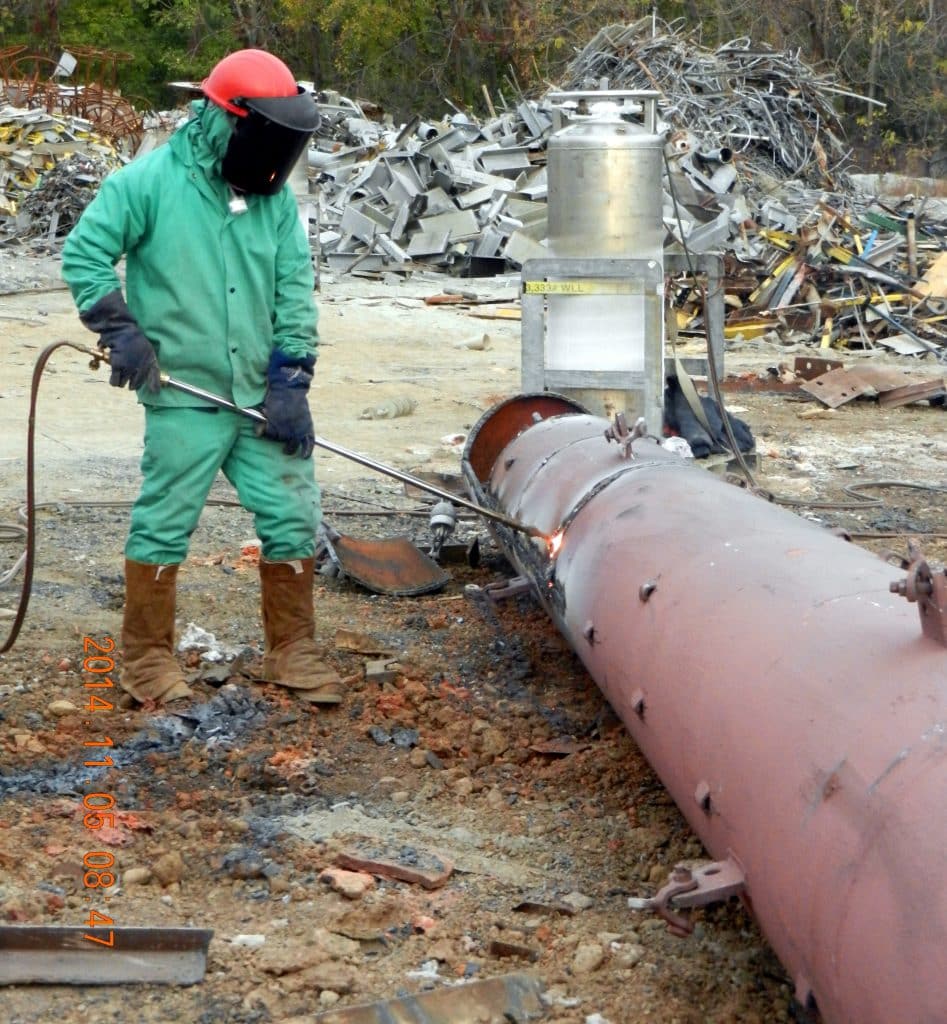
General Industry or Construction
- Evaluation—Evaluating your workplace and surrounding community for chemical, physical, and biological hazards
- Development—Developing recommendations, a plan of corrective action, and taking control of situations that could pose a threat to workers or public health
- Research—Conducting research and providing findings on potentially harmful conditions such as poor air quality or worker chemical exposure
- Compliance—Ensuring your business complies with federal, state, local laws, and OSHA regulations
- Training—Ensuring adherence to federal, state, local laws, and OSHA regulations
IH Project Examples
- Noise dosimetry and sound level mapping
- Welding fume monitoring, including hexavalent chromium
- Metals monitoring—including lead, arsenic, cadmium, and beryllium
- Respirable crystalline silica sampling
- Caprolactam and other organic compound sampling
- Real-time sampling of various chemicals
- Indoor air quality investigations
- Vibration studies
- Ergonomic evaluations


Industries We Serve
- Education
- Military and Government
- Manufacturing
- Telecommunications
- Industrial
- Public Utilities
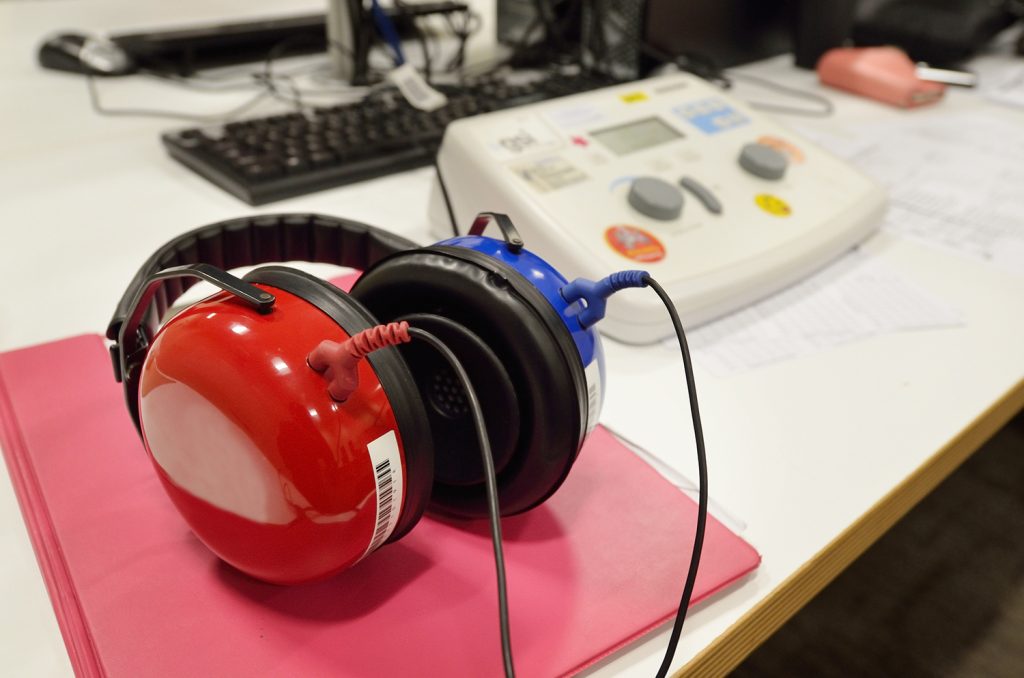
Hearing Conservation Training
- How to measure noise exposure of your employees
- Methods for controlling noise exposure
- Advantages and disadvantages for different types of hearing protection
- Purpose and explanation of audiometric testing (hearing tests)
- Requirements of the OSHA Noise Standard (1910.95) or How to stay in compliance with the OSHA Noise Standard
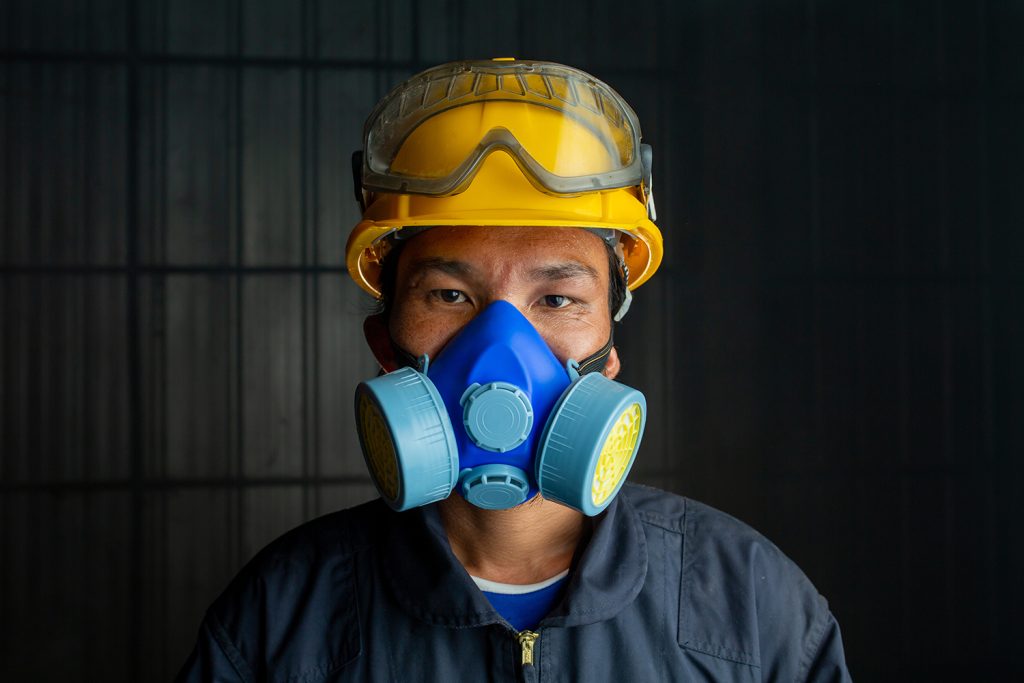
Respiratory Protection Training
- Learn more about the different types of respirators and other personal protective equipment best suited for your jobsite’s hazards
- Qualitative and quantitative fit testing and when they are required to help reduce worker health risks
- The health hazards of contaminants triggering respirator use
- Requirements of the OSHA Respirator Standard (1910.134) or How to Stay in Compliance with the OSHA Respirator Standard

Hazard Communication Training
- Understand the classification system for chemical hazards
- How to read and understand a Safety Data Sheet
- Labeling requirements for manufacturers and users of chemical products
- Requirements of the OSHA Hazard Communication Standard (1910.1200) or How to Stay in Compliance with the OSHA Respirator Standard
What’s included with industrial hygiene training?
Recruiting
We source from a pool of highly qualified job candidates to ensure you’re getting the best trainers available.
Vetting
Circle Safety conducts a comprehensive screening, background check, and vetting process on our workers.
Hiring
We eliminate the stress and hassle of hiring in-house by giving your business a turnkey and hands-free solution.
Insurance
We provide our employees with insurance coverage. You won’t have to worry about the cost and complexity of managing it yourself.
Workers’ Comp
Circle Safety manages all prospective Workers’ Comp cases internally—eliminating the need for you to handle these situations on your own.
Coverage
Our CIH instructors can conduct an industrial hygiene course at your location or job site, or at our training classroom in Richmond, VA.

“Very impressed with their capabilities. Glad to find a local firm that can handle site-safety / industrial hygiene issues at a high level.”
– Major K.
Industrial Hygiene FAQ?
How do I measure what’s in the air?
That process can be performed by industrial hygiene experts who observe and monitor work environments and potential environmental health issues by using a wide variety of sampling equipment. Our industrial hygiene team will work with you to determine the most accurate and cost-effective method to conduct evaluations and sampling projects.
How much does Industrial Hygiene typically cost?
Costs for sampling projects vary widely depending on the type of contaminant, the number of samples needed, and how long the work process needs to be monitored.
How long does it take to get the results back?
Some contaminants can be measured using real-time monitors providing instantaneous results. Samples that require laboratory analysis usually take 2-4 weeks to get the results back. We use the laboratory results, real-time measurements, and worksite observations to compile a helpful and easy-to-understand report for you and your team. This is generally available within 3-4 weeks of sampling.
When can you be here/what can I expect for the scheduling timeline?
We typically schedule industrial hygiene sampling projects 3-6 weeks out, but it may be possible to conduct them ASAP.
How does industrial hygiene work?
Industrial hygienists are trained to evaluate potential hazards that may affect workers, including chemical and physical hazards such as noise and ergonomic hazards. To assess exposures to specific contaminants, employees may wear monitoring equipment while they work as part of the evaluation process.
We compare the evaluation and monitoring results to governmental and voluntary standards. We will then make recommendations to reduce the hazards to the employees from contaminant exposure and to help the company comply with occupational safety and health regulations. Your company will be better able to recognize, evaluate, and control potential hazards.
What do my employees have to do?
Employees may be required to wear a monitoring device during their work shift, such as a noise dosimeter, a sampling pump and media, or a sampling badge. We might ask workers questions about what they are doing and photograph them if permitted.
What does the industrial hygienist do during the monitoring process? What can we expect?
We will need to visit the work area periodically to observe, take photos, and talk to employees. Your operations can and should continue as normal while we’re performing our work. The hope is to monitor a “typical” or “worst case” exposure day.
How long does it take to get the results back?
With some contaminants, we can get instantaneous readings, so we will immediately know if there is an exposure concern. However, most air samples must be sent out to a laboratory which usually takes 2 - 3 weeks to analyze and issue a report. We then take the lab findings, review our observations, and compile a helpful and easy-to-understand report.
What sort of results will we get?
Industrial hygiene sampling will determine exposure levels on the sampling day. Based on the sampling results and depending on the events of the day, we can determine if employees are exposed above or below governmental and voluntary exposure limits. We will then provide recommendations for corrective actions if needed.
I have overexposure; what do I do?
Our report will include recommendations for corrective actions and controlling exposures. These corrective actions will guide your company to be in compliance with governmental regulations. Our recommendations will also provide steps to ensure a healthful and safe working environment for your employees. We may also direct you to resources to help you design and implement engineering controls.
Will we need to have resampling done?
If your sample results are above certain governmental limits, you must resample by a specific time period. For example, if exposures are above the OSHA action level for respirable crystalline silica, you must resample within six months. Even if there is no specific regulatory requirement, it may be prudent to resample since a sample captures only a point in time.
For instance, if your exposure results are above 50% of OSHA’s exposure limit, you should consider resampling periodically to ensure they stay below the limit for all employees conducting the monitored task.
Once we’ve fixed the problem, do you need to come back and test again?
Yes. You should have retesting conducted to verify that your controls have reduced exposure levels below applicable limits. Also, if you make any changes to your manufacturing/construction process, you will need to test again.
Even if the processes have not changed, it is a good idea to retest periodically. An ideal timeframe is every three years because your engineering controls may be altered or have become less effective over time.
Need Industrial Hygiene Training Assistance?
Contact Circle Safety to learn how we can help you with your industrial hygiene training needs. We source our talent from a trusted network of candidates to ensure you get an exceptionally qualified professional. Reach out to us below to learn more.
Memberships & Associations
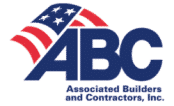

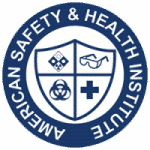


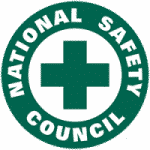
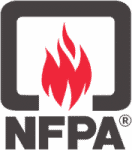
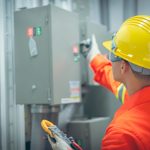
Now Offering NFPA 70E Arc Flash Training
July 20, 2023
According to OSHA, there are up to ten arc flash
Footer #3 Widget
This is an example of a widget area that you can place text to describe a product or service. You can also use other WordPress widgets such as recent posts, recent comments, a tag cloud or more.
Footer #4 Widget
This is an example of a widget area that you can place text to describe a product or service. You can also use other WordPress widgets such as recent posts, recent comments, a tag cloud or more.
Circle Safety & Health Consultants © 2024 | Privacy Policy | Sitemap | Marketing by WebStrategies, Inc.
